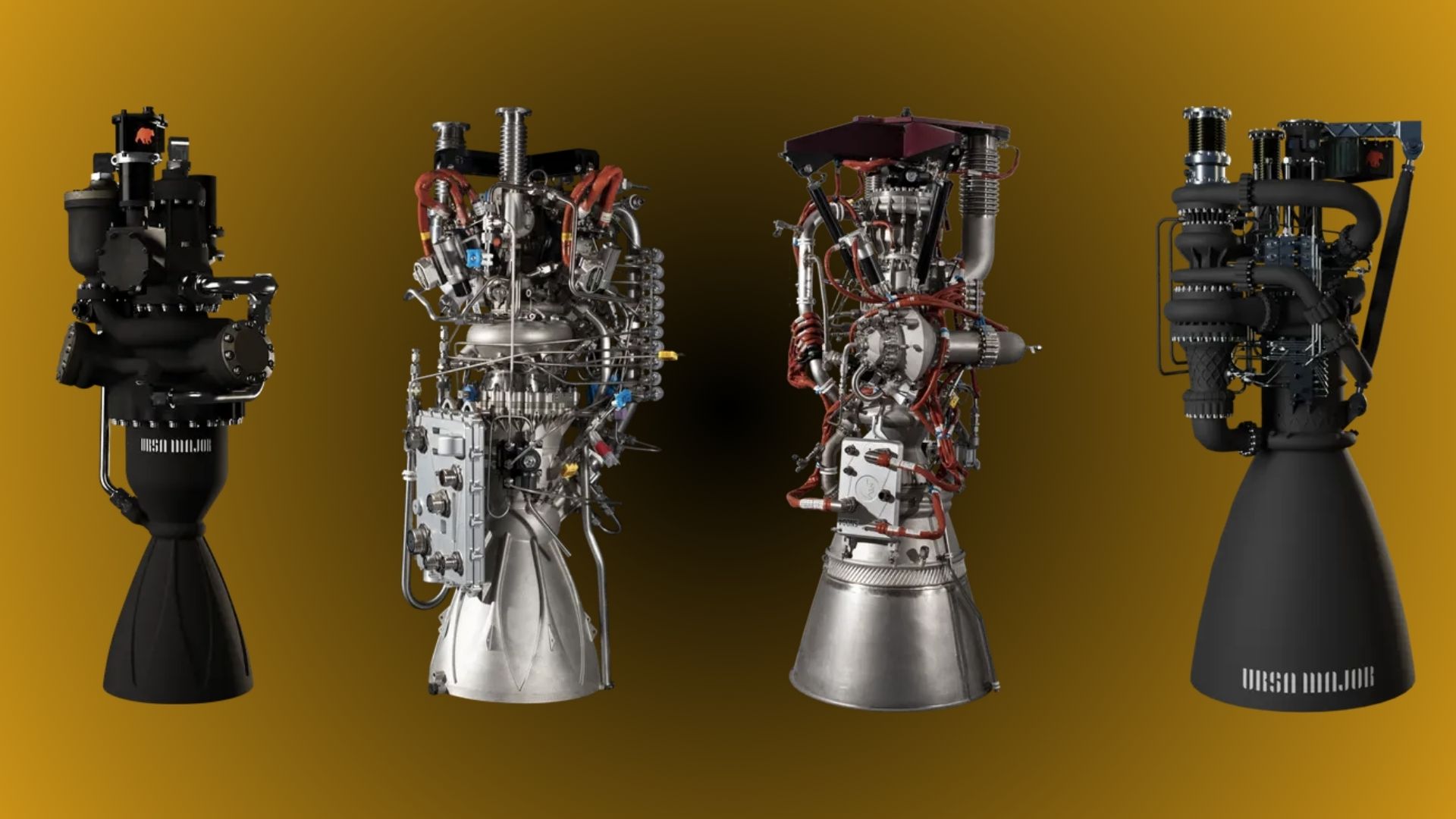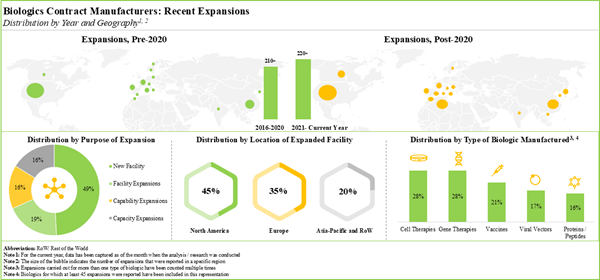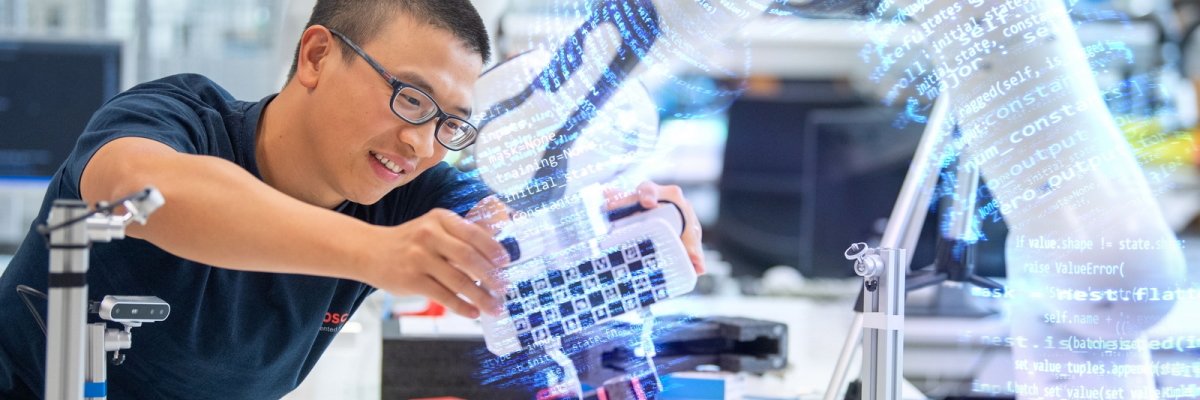Tech Shield: How Cutting-Edge Solutions Are Revolutionizing Worker Safety on the Factory Floor
Manufacturing
2025-04-16 00:00:00Content
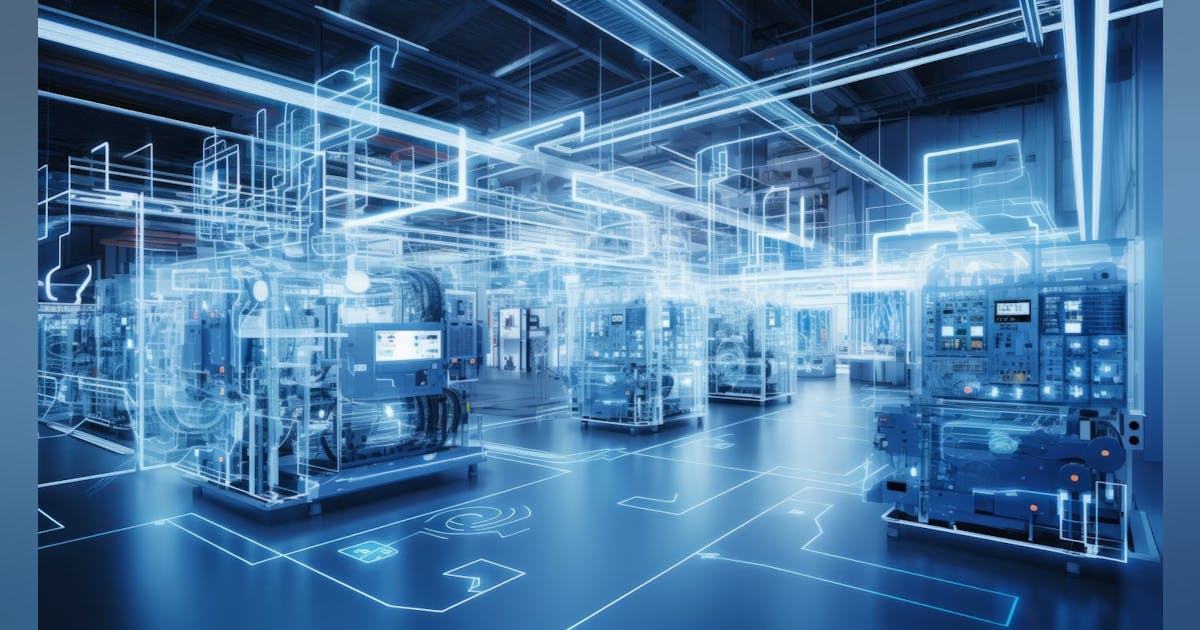
The manufacturing landscape is undergoing a revolutionary transformation in workplace safety, driven by cutting-edge technologies that are redefining how companies protect their most valuable asset: their employees. Innovative solutions are emerging that blend artificial intelligence, advanced sensors, and smart systems to create unprecedented levels of worker protection and risk management.
At the forefront of this safety revolution are AI-powered predictive maintenance technologies that can anticipate equipment failures before they occur, dramatically reducing the risk of workplace accidents. Wearable safety devices now provide real-time monitoring of worker health and environmental conditions, instantly alerting supervisors to potential hazards.
Virtual reality (VR) training programs are revolutionizing safety education, allowing workers to experience and navigate complex scenarios in a completely risk-free environment. Robotics and autonomous guided vehicles (AGVs) are taking over the most dangerous tasks, minimizing human exposure to high-risk situations.
Advanced monitoring systems now provide comprehensive insights into workplace safety, using sophisticated algorithms to detect potential risks and recommend preventative measures. These technologies are not just improving safety—they're creating smarter, more responsive work environments that prioritize human well-being while maintaining peak operational efficiency.
As manufacturing continues to evolve, these technological innovations represent a new era of workplace safety, where prevention, protection, and proactive risk management are the new standard.
Revolutionary Safety Technologies: Transforming Manufacturing Workplace Protection
In the rapidly evolving landscape of industrial manufacturing, technological innovations are fundamentally reshaping workplace safety paradigms. As industries face increasing complexity and potential risks, cutting-edge technologies are emerging as critical solutions to protect workers, enhance operational efficiency, and create more intelligent, responsive work environments.Safeguarding Tomorrow's Workforce Through Technological Breakthroughs
Artificial Intelligence: The New Sentinel of Workplace Safety
Predictive maintenance powered by artificial intelligence represents a quantum leap in industrial safety strategies. Modern AI algorithms can now analyze complex machinery performance patterns, detecting microscopic anomalies that human inspectors might overlook. By continuously monitoring equipment stress points, vibration signatures, and operational parameters, these intelligent systems can predict potential mechanical failures weeks or even months before traditional inspection methods would identify risks. Machine learning models trained on extensive datasets can now generate probabilistic risk assessments with unprecedented accuracy. These sophisticated algorithms integrate historical maintenance records, real-time sensor data, and environmental conditions to create dynamic risk prediction frameworks that fundamentally transform preventative maintenance approaches.Wearable Technology: Personal Protection Reimagined
Contemporary wearable safety devices have transcended traditional protective equipment limitations. Smart sensors embedded in industrial clothing can now monitor workers' physiological parameters, environmental exposure, and potential hazardous interactions in real-time. These advanced devices track heart rate, body temperature, fatigue levels, and exposure to toxic substances, providing instantaneous alerts to both workers and supervisory personnel. Ergonomic design innovations have made these wearable technologies lightweight, comfortable, and seamlessly integrated into standard workplace attire. Bluetooth-enabled communication systems and GPS tracking further enhance worker safety by enabling immediate emergency response and location identification during critical incidents.Virtual Reality: Revolutionizing Safety Training Methodologies
Virtual reality training platforms have emerged as transformative educational tools in industrial safety preparation. These immersive environments allow workers to experience complex, high-risk scenarios without actual physical danger. Sophisticated VR simulations can replicate intricate machinery interactions, emergency response protocols, and hazardous environment navigation with remarkable fidelity. Comprehensive training modules can be customized to specific industrial contexts, enabling workers to develop muscle memory and decision-making skills in controlled, repeatable scenarios. Advanced analytics integrated into these platforms provide detailed performance assessments, helping organizations identify and address individual training needs with unprecedented precision.Robotics and Autonomous Guided Vehicles: Minimizing Human Risk Exposure
Robotic systems and autonomous guided vehicles (AGVs) are dramatically reducing human exposure to dangerous workplace environments. These advanced machines can perform high-risk tasks involving extreme temperatures, toxic substances, or physically demanding operations that would traditionally endanger human workers. Collaborative robotics technologies now feature sophisticated sensor arrays and machine learning algorithms that enable nuanced interactions with human colleagues. These systems can dynamically adjust their movements, recognize potential collision risks, and work alongside human workers with remarkable safety and efficiency.Advanced Monitoring Systems: Creating Intelligent Safety Ecosystems
Comprehensive safety monitoring systems have evolved into intricate, interconnected networks that provide holistic workplace protection. These integrated platforms combine data from multiple sources—including environmental sensors, equipment diagnostics, worker wearables, and centralized control systems—to create real-time safety intelligence dashboards. Machine-to-machine communication protocols and cloud-based analytics enable instantaneous risk assessment and proactive intervention strategies. By transforming raw data into actionable insights, these monitoring systems represent a paradigm shift in industrial safety management, moving from reactive to predictive protection models.RELATED NEWS
Manufacturing

China Exit: How Apple's Global Supply Chain Could Slash Company Value by 50%
2025-05-01 09:03:12
Manufacturing

Furniture Frontiers: How US Manufacturers Are Reshaping Global Design and Trade
2025-05-06 17:10:57
Manufacturing
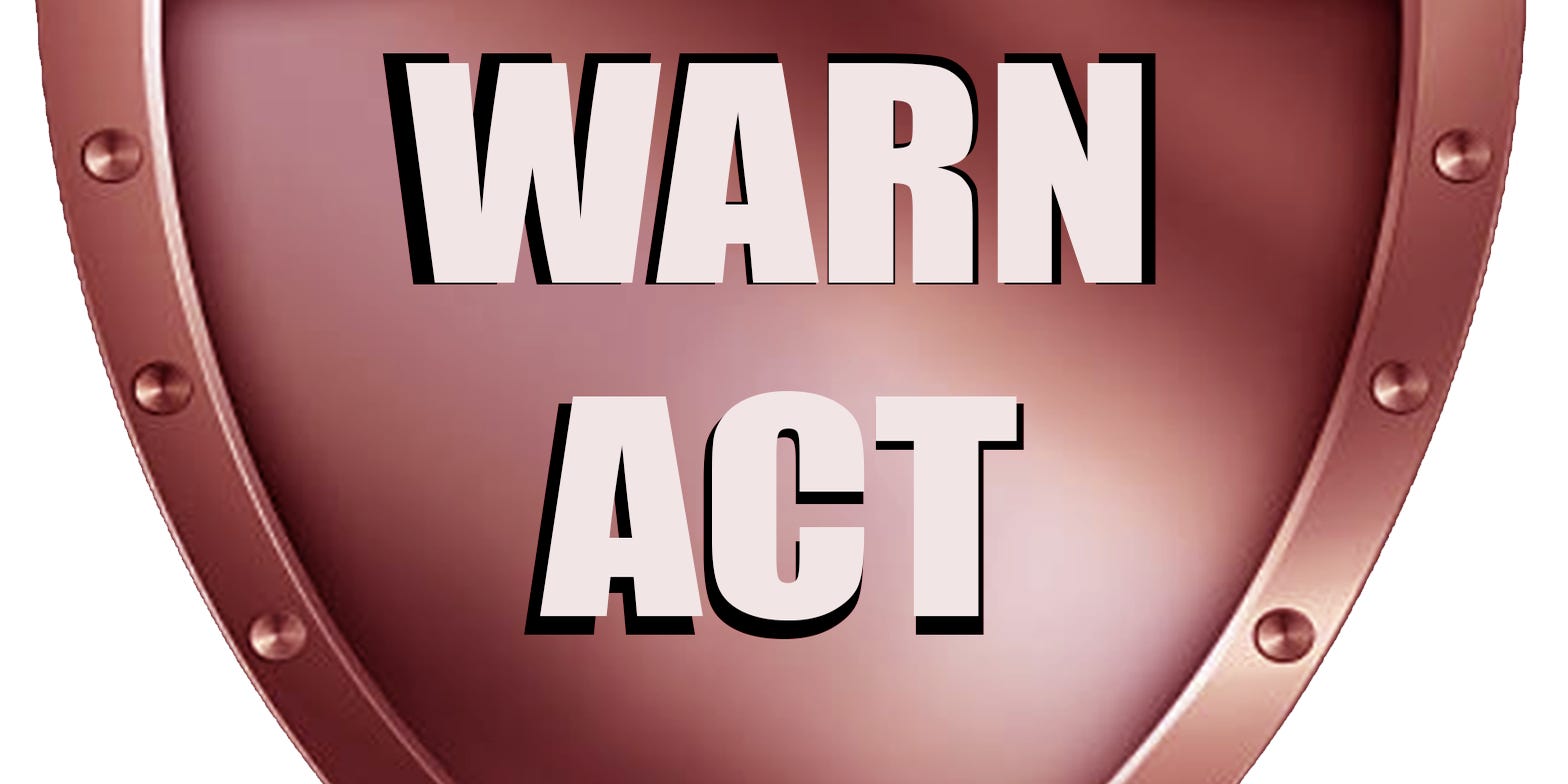
End of an Era: Alabama Factory Shutters After Nearly Half-Century, 200 Workers Face Uncertain Future
2025-04-14 08:55:57
